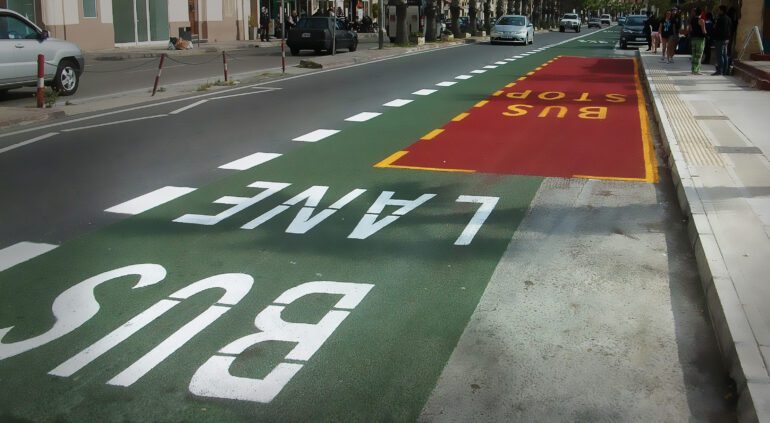TL;DR:
- SEPTA partners with Hayden AI for a 60-day pilot program to address illegal parking in bus lanes.
- Cameras mounted on select buses along routes 21 and 42 to detect violations.
- No penalties were issued during the trial period; the primary aim is to highlight the extent of the problem.
- Over 4,000 instances of illegal parking have been recorded per week since April 20.
- A pilot program conducted at no cost to SEPTA; aims to improve bus speeds and reduce operating expenses.
Main AI News:
In a bid to tackle the persistent problem of illegal parking in bus lanes on bustling streets in Center City, Philadelphia, SEPTA has turned to the power of artificial intelligence (AI) and cutting-edge camera technology. The transportation authority aims to gain insights into the frequency of these violations, and the results might astonish you.
SEPTA recently unveiled a 60-day pilot program in collaboration with Hayden AI, which involves installing cameras on select buses along routes 21 and 42. This initiative was launched on April 20, marking a significant step towards addressing the issue at hand.
According to SEPTA’s official statement, the camera system is discreetly positioned within the buses and boasts automated capabilities to detect vehicles that have illegally parked in the Chestnut Street and Walnut Street bus lanes, as well as at designated bus stops. It is essential to note that during this trial period, no penalties will be imposed. Instead, the primary purpose is to showcase the extent of the problem and its impact on public transit.
Since the implementation of the program on April 20, the equipped SEPTA buses have astonishingly recorded an average of over 4,000 instances per week involving parking in bus lanes or at bus stops, according to SEPTA reports. These figures shed light on the magnitude of the challenge faced by the transit authority and the urgent need for effective measures to mitigate this issue.
Remarkably, SEPTA emphasizes that the pilot program has incurred no financial burden, as it was conducted within existing resources. The ultimate objective of this endeavor is to enhance the speed and efficiency of bus services in Philadelphia, as the current average speed of buses stands at a mere eight mph. This lags behind the national averages of 13-14 mph, significantly inconveniencing commuters and contributing to higher operational costs for the transit agency.
Conclusion:
SEPTA’s adoption of artificial intelligence technology and strategic camera placement to tackle illegal parking in bus lanes reflects a proactive approach to enhancing the efficiency of bus transportation in Philadelphia. By leveraging advanced surveillance and data-driven insights, SEPTA aims to mitigate the impact of illegal parking on bus speeds, ultimately benefiting both commuters and the market. This initiative demonstrates SEPTA’s commitment to providing a seamless transit experience and sets a precedent for the integration of AI solutions in addressing urban transportation challenges.

